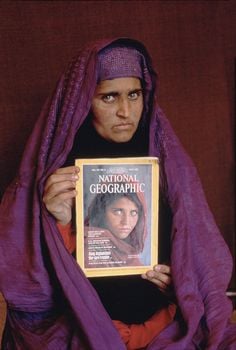The Power of Story
I’ve been studying the craft of photography since I was eighteen years old. I’ve spent (and still spend) lots of time becoming the best photographer that I can be. I wrestle with perfect exposure, swear at my gear on the days when technicalities get me down, and work with the light that is available to me. I’ve taken thousands of terrible pictures. And all those terrible pictures taught me how to make amazing photographs.
I love photography. I love reading about it. I love talking about. Mostly, I love doing it and learning from it. I love every part of the process from shoot, to edit, to digital asset management. (Yes, I just said that out loud). I geek out over this stuff because it’s so amazing!
But this year, I am challenging myself to do more than make pictures. I’ve seen myself as a storyteller for quite some time. But I must admit that my priority has been on photography not on story. And the more I shoot, the more I realize that without the story the photograph looses its power.
Why does everyone want to know the story behind a photograph? They want to understand what that person is feeling or living or doing. They want to see themselves. They want to be a part of the action. Without the story, there might be beautiful colors on the page and tac sharp focus but there is no connection until someone can relate to what is happening.
©Steve McCurry. National Geographic Cover June 1985.
There are many photographs that I could give as an example of the connection phenomenon but the one that comes to mind is Steve McCurry’s image called the Afghan Girl, which appeared on the cover of the National Geographic issue in June 1985. The girl, Gula, attended a informal school in the Nasir Bagh refugee camp where McCurry photographed. You can read more about Gula’s story but this photo sparked the imagination of people around the world and eventually Steve McCurry returned to photograph her in January 2002. Gula first saw the famous photograph of herself seventeen years after it was taken and yet it is one of the most recognizable images in the world.
©Steve McCurry.
This is why I am challenging myself to study story as deeply and as passionately as I have studied photography. I believe that our photographs or videos alone are not enough to truly touch people or motivate them to action. It is only when they connect with the story of a beautiful image that that image holds power.
I’m sure that if you are in the nonprofit world you know that storytelling is being heralded as the next best thing since sliced bread. You are probably sick of photographers throwing down that gauntlet and asking you to get excited by it.
Perhaps the biggest problem with storytelling is that we haven’t learned to differentiate between the mediocre stories and the amazing ones. Instead when we’re told to create a story, we fall back on the formula that we all know: Person A has a problem. Nonprofit B helps Person A with that problem. Then Person As life improves.
This story is the one I see the most often and I wonder if we’ve become immune to it. I wonder if it’s our fallback because we think it should motivate others to action. Just because a story exists doesn’t mean that it's good. It doesn’t mean that people will find it interesting or compelling. It doesn’t mean that it will motivate people to take action. There are a lot of boring stories out in the world and just because storytelling happens to be the latest, greatest thing doesn’t mean that it is.
So this year, I’m asking myself one tough question. Am I willing to put the same amount of study into the story building process as I have into photography? Every storyteller from Shonda Rhimes to Joseph Campbell use formulas to tell a story. And certain genres like to stick to certain formulas. But I am interested in all the formulas. I’m interested in telling incredible stories.
I’m talking about stories that knock your socks off. Stories that make your donors want to give you a million dollars. Stories that turn your video into an Internet sensation because people cannot deny the power it holds.
I believe that it’s possible that if I spend the next year looking at stories, storytellers, and story formulas that I might stumble on some magic. I might discover the secret sauce. If I can understand what makes people tick or the psychology of why they give and how they connect then I can not only create incredible images, I can use those images to tell stories that create change.

